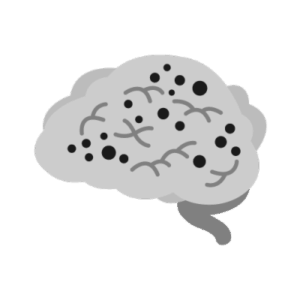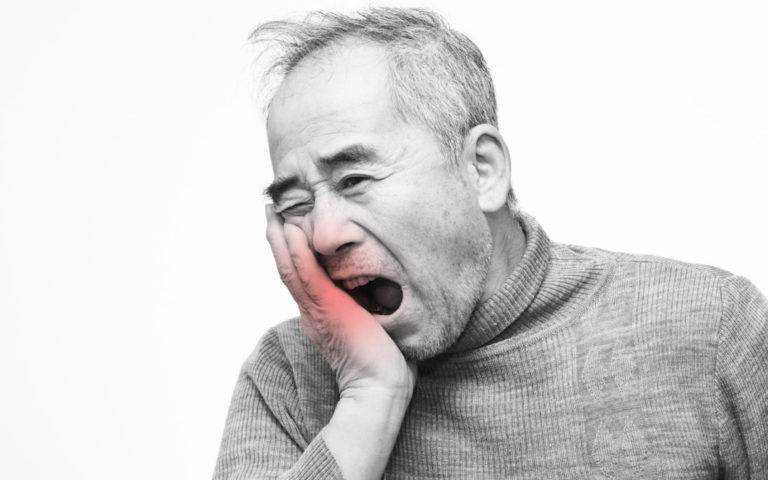Many publications have been published about the high prevalence of periodontal disease (gum disease) in India. Periodontal disease is a chronic inflammatory disease which results in destruction of tissues and structures surrounding the teeth, thus if left untreated, causes loss of teeth and ultimately results in tooth loss which badly affects an individual’s quality of life.
India is home to almost 1.2 billion individuals and one amongst the rapidly developing nation but because of wide heterogeneity among its population in terms of geographical area, culture, education, socioeconomic status, a variety of oral diseases like periodontal diseases are prevalent here.
Is Gum Disease Linked to Other Health Problems?
According to recent studies, researchers have uncovered potential links between gum disease and other serious health conditions. In people with healthy immune systems, the bacteria in the mouth that makes its way into the bloodstream is usually harmless.
But under certain circumstances, these microorganisms are associated with health problems such as stroke and heart disease. Diabetes is not only a risk factor for gum disease, but gum disease may make diabetes worse.
| 95% of the Indian population suffers from periodontal disease | |
| Gum disease increases risk of heart disease, high blood pressure and stroke | |
 | If you have diabetes and bleeding gums, your risk of premature death increases by 400-700% |
 | Gum disease and tooth loss increase risk of alzheimer’s disease |
 | People with gum disease are twice as likely to die from heart disease and three times likely to die from stroke |
 | 80% pregnant women with gum disease have 1 in 7 chance of giving birth to a healthy child of normal size. |
| 93% of people with gum disease are at risk for diabetes | |
 | Gum therapy improves blood vessels health and helps prevent heart attack, stroke and diabetes |
 | Eliminating gum disease adds 6.5 years to your life |
What is Periodontal Disease?
Periodontal disease, also known as gum disease, is a set of inflammatory conditions affecting the tissues surrounding the teeth. In its early stage, called gingivitis.
The two most common periodontal diseases are:
Gingivitis – Inflammation of the gum at the necks of the teeth, and Periodontitis – inflammation affecting the bone and tissues of the teeth.
What’s the Difference Between Gingivitis and Periodontitis?
Gum disease (gingivitis) ordinarily goes before periodontitis (gum illness). In any case, it is important to know that not all gum diseases advance to periodontitis.
In the initial stage of gingivitis – bacteria in the plaque develop, making the gums inflamed which results in bleeding while brushing. In spite of the fact that the gums might be irritated, the teeth are still solidly planted in their sockets. No irreversible bone or other tissue harm can happen at this stage.
At this point, if it is left untreated it can lead to periodontitis. In periodontitis, the internal layer of the gum and bone move far from the teeth and shape pockets. These little spaces between teeth and gums gather garbage and can end up contaminated. The body’s immune system fights with the bacteria as the plaque spreads and grows underneath the gum line.
Poisons or toxins — produced by the bacteria in plaque and also the body’s “good” enzymes fighting the infection — begin to separate the bone and connective tissue that holds teeth up.
As the infection advances, the pockets extend and more gum tissue and bone are destroyed. At the point when this occurs, teeth are never again tied down set up, they turn out to be free, and tooth loss occurs. Gum disease is the main reason for tooth loss in grown-ups.
Plaque Control for Gingival (Gum) Health
Plaque control is the most essential strategy for constraining periodontal disease and keeping up gingival health. This must be considered at two levels: what people can improve the situation themselves by method for plaque control every day, and what dentists can do to kill plaque retention factors in people and to prompt patients on the most appropriate home care.
How Does Dentist Diagnose Gum Disease?
During a dental exam, your dentist typically checks for these things:
Bleeding gums, swelling, firmness, pocket depth (the space between the gum and tooth; the larger and deeper the pocket, the more severe the disease), teeth movement, sensitivity, and proper teeth alignment, your jawbone, to help detect the breakdown of bone surrounding your teeth.
How Is Gum Disease Treated?
The objective of gum disease treatment is to promote reattachment of healthy gums to teeth; reduce swelling, the depth of pockets, and the danger of infection; and stop the growth of the disease.
Treatment alternatives rely upon the phase of infection, how you may have reacted to earlier medications and your general health. Choices go from nonsurgical treatments that control bacterial growth to medical procedures to reestablish strong tissues.
How Can Gum Disease Be Prevented?
Gum disease can be avoided and the growth of gum disease can be stopped in about all situations when plaque is controlled. Appropriate plaque control includes professional teeth cleanings twice a year, brushing, and flossing every day.
Brushing takes out plaque from the surfaces of the teeth; flossing removes food particles and plaque from in the middle of the teeth and under the gum line. Antibacterial mouthwash can reduce bacteria that cause plaque and gum diseases.
Other health and lifestyle changes that will decrease the risk, severity, and speed of gum disease development include:
- Stop smoking – Tobacco use is a major risk factor for growth of periodontitis. Smokers are seven times more likely to get gum disease than nonsmokers, and smoking can lower the chances of success of some treatments.
- Reduce stress – Stress may make it difficult for your body’s immune system to fight off infection.
- Maintain a well-balanced diet – Proper nutrition helps your immune system fight infection. Eating foods with antioxidant properties — for example, those containing vitamin E ( vegetable oils, nuts, green leafy vegetables) and vitamin C (citrus fruits, broccoli, potatoes) — can help your body repair damaged tissue.
- Avoid clenching and grinding your teeth – These actions may put excess force on the supporting tissues of the teeth and could increase the rate at which these tissues are destroyed.
Professional Treatment
It is the responsibility of the dentist to ensure that any dental treatment provided minimizes plaque retention; this is a part of treatment planning. Clear advice must be given on the need to clean bridges, dentures and orthodontic appliances (braces) effectively and regularly.
Calculus (or tartar) is a form of hardened (mineralized) plaque, which can form on teeth both above gum level and within periodontal pockets. Calculus cannot be removed by brushing; careful professional scaling is needed for its removal. While appropriate professional treatment is important, it must be stressed that the highest priority for plaque control is the most effective.










